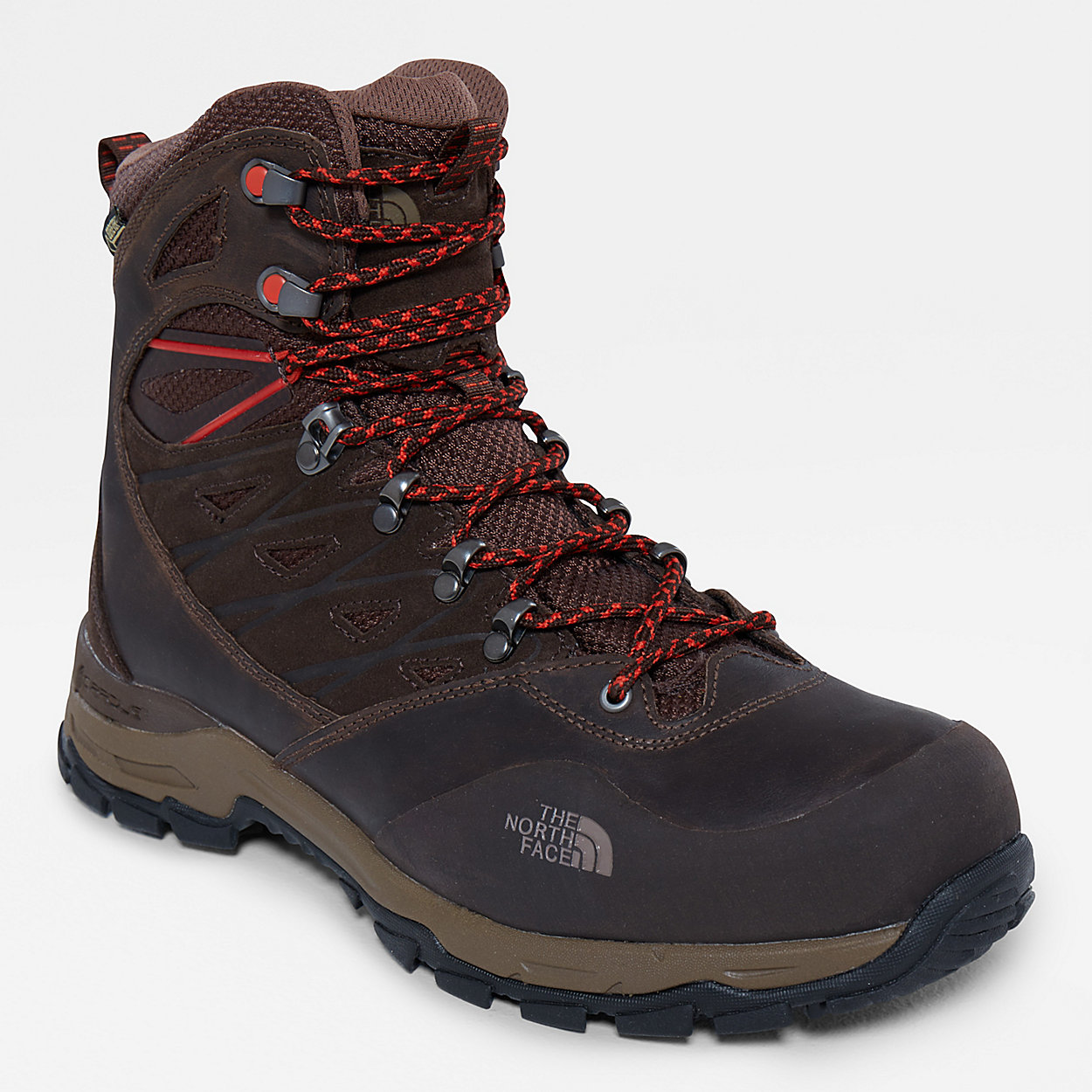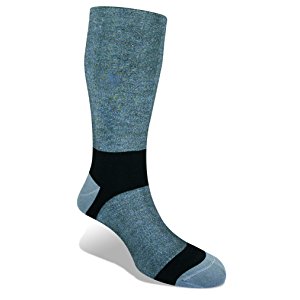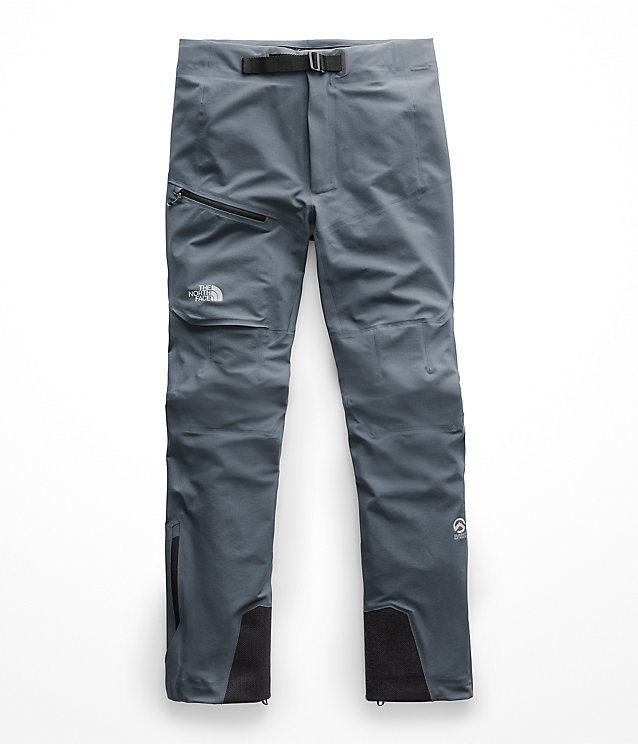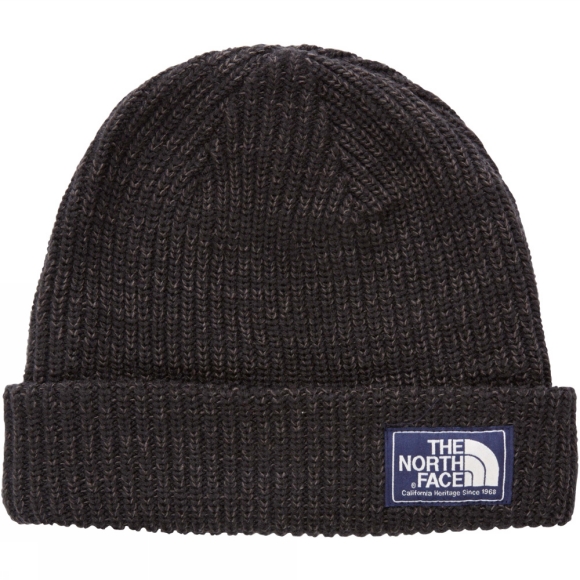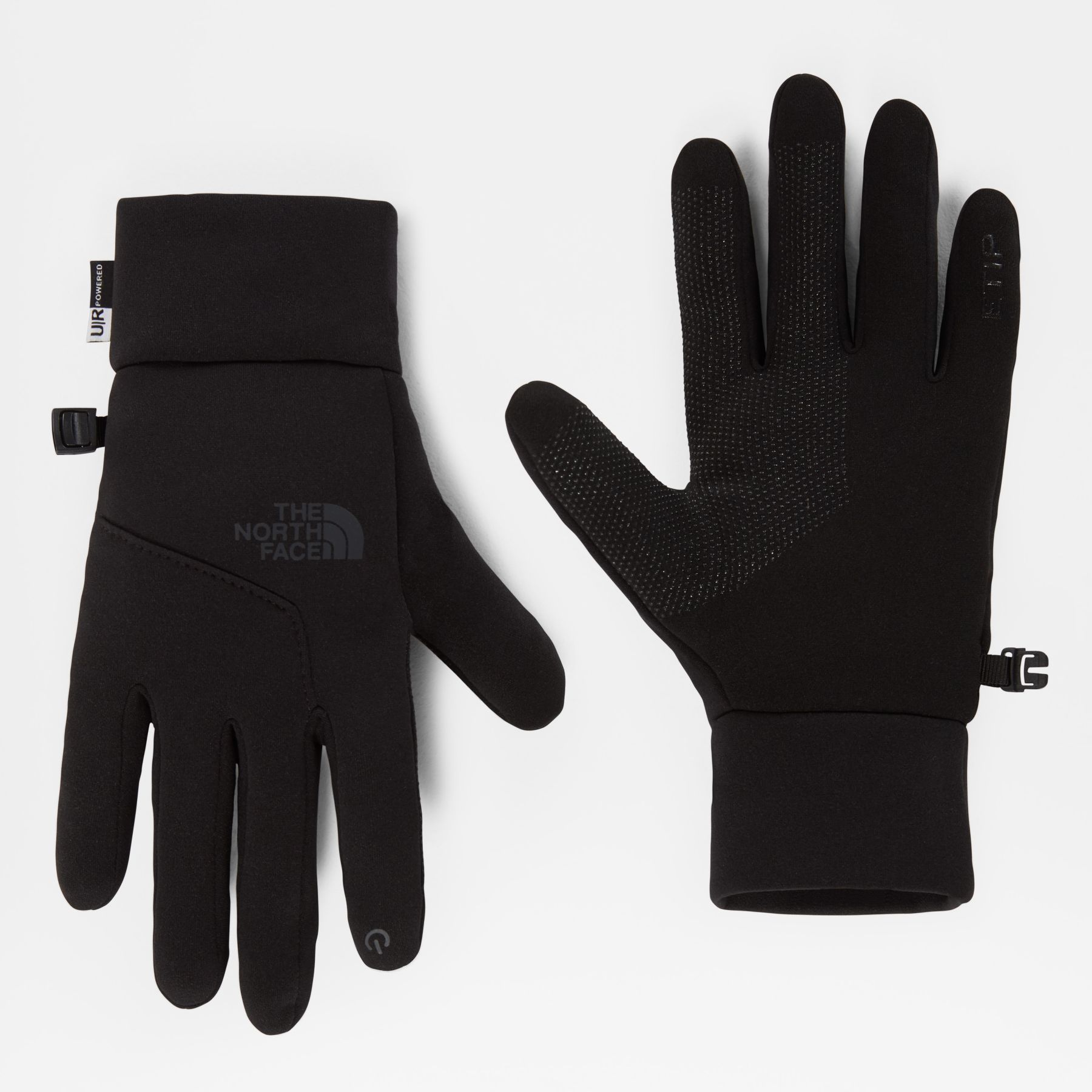New Mt. Everest expedition rules 2019
Mt. Everest
We all know the news of Everest casualties during this year’s (2019) expedition. 11 climbers deaths, 9 from Nepalese side and 2 from Tibetan side. Nepal issued a record number of 381 permits issue this year. There has been conflicting ideas on why climbers died. Traffic jam near the Hillary ridge ( above 8000 M ) was pointed out by many but just that one problem does not address the key issue of the expedition. A lot has to do with inexperienced climbers, exhaustion, altitude sickness, incompetent/inexperienced guiding team and cheap expedition. This has been pointed by many experienced sherpa climbing leaders ( Kami Rita Sherpa, 24 Summits) as well as non-Nepalese veteran climbers.
Rules from Tibetan side of expedition are strict compared to the Nepalese side. Climbers requires a proof of having summited one 8000M peak before they can climb Everest from the tibet side, where as in Nepal rules were climbers should have climbed at least one 7000M peaks.
Photo by- Nims Dai / Nirmal Purja 2019 Project possible. Everest expedition.
Nepal’s ministry of tourism has proposed new rules and regulation to tackle issues in response to this years incidents. Also, this has to be passed through parliament first for the rules to come into effect for 2020 spring expeditions. New rules are focusing on operators, climbers and government officials at Everest base camp and the route. The government is also considering requiring mandatory health checkups at Everest Base Camp.
Climbers must prove ( certificate mostly ) that they have at least climbed one 6500 M Nepalese peaks before.
Climbers must also submit a certificate of good health and physical fitness and be accompanied by a trained Nepalese guide.
Expedition company must prove that they have 3 years of experience organising high altitude expedition before leading clients to Everest.
Minimum charges of Everest expedition $35000 per bookings ( $11000 permits included) to be charged. * Cheap Everest expedition were blamed by most of the Sherpa leaders for attracting in-experienced climbers.
Minimum charges of $20,000 for any expedition above 8000M+
Climbers attempting 8000M+ peaks to undergo basic and high altitude climbing training.
Other ideas passed on
improvements in the rope fixing process, primarily with respect to getting the ropes in earlier and some type of improved weather forecasting system
Theft of oxygen cylinders during the expeditions
Traffic monitoring at base camp and higher camps.
So, does this mean the quality of expeditions will improve dramatically? Maybe yes and No. The challenge has always remained with Everest expeditions and the traffic or long queue is not a new news. There has been rise in number of climbers since 1990 and only looks to grow.
The ideas proposed seems to just address the issues vaguely and does not take into account of finding solutions whole heartedly. Certainly expedition companies has to be more responsible when taking inexperienced clients to these extreme altitudes and government implementing tougher rules & regulations can be one way. Regulators needs to listen to experienced veteran Nepalese and non-Nepalese climbing leaders, operators, mountaineering community and boards on how to increase the quality and safety of Everest expeditions. It is no easy fix and the challenge will always remain but the obvious issues (like inexperience climbers or teams ) should be tackled with strict rules and implementation.
Everest is an optimum challenge we as an individual can choose to face. We support and encourage you on your aspiration to endeavour on taking the journey of the highest challenge that man kind can face. But all we ask is taking a route that protects you and your team, enriches you with the experience of alpinism and eventually fulfilling your aspirations.
* Cheap expedition - Discounted Expedition were ran on as low as $20,000 p/p which dramatically reduces
and impacts the quality of the expeditions both for the individuals and the operating team.
15 Important things to know about Everest Base Camp
15 IMPORTANT THINGS TO KNOW ABOUT
EVEREST BASE CAMP
Everest Base Camp 5340M
Climbing Everest Base Camp has been an iconic destination for many adventure travelers. I have had the luxury of traveling to Everest base camp since it was on my dream adventure list before heading into higher mountains. Through my experience of trekking solo and other times guiding with fellow Sherpa leaders, I want to share some valuable tips that will make your trip easier.
Tips are in no particular order, they are just written down as I learned them through my experience.
1. Bring cash USD and Rupees
If you have booked your tour with a travel/tour agencies then all your necessary expenses are covered. But you would want to bring in extra cash just in case you want to buy anything that is not included in your package (ie alcohol, chocolate, or energy bars). If you are traveling solo then Nepalese rupees is a must, I would recommend around (Rs 1 Lakh 50 thousand or $1500). You want to make sure you have enough cash to tip your guides and porters and for any unplanned events.
2. Get insurance
Buying normal travel insurance and travel insurance for Everest base camp is hugely different. You will be standing at 5,644.5 m (18,519 ft) above sea level and on top of that, you are traveling to one of the most remote and rugged regions on Earth. There is no vehicle roads there so the only option is helicopter evacuation or the other option is a painful Dzo/mule ride down the terrains. High altitude-related illness, accidents, diarrhea, cough, and natural disasters like avalanches and rockfalls, are expected while trekking in Everest Base Camp. My best suggestion is to get the travel insurance that covers helicopter evacuation, repatriation, and independent trekking (if you are going solo) up to 6000 m (18,510 ft) and higher if you are doing side trips to Mt Lobuche, Mera, or Island Peak. It is very important to spend some time going over terms and conditions that could ease the process should you need to claim it back.
3. Flight to Lukla and buffer days ( Very important )
Weather conditions in the Himalayas can change rapidly and aviation schedules are not as reliable as you might expect. The flight between Kathmandu and Lukla where the Everest Base Camp trek starts is frequently delayed and maybe canceled for the day or several days in succession. In the event your flight is canceled you will need to either rebook your flight for the following day or attempt to get you on a chartered helicopter. You are responsible for the extra costs of helicopter flights which might be $250 - $400 per person or more. If you end up taking a helicopter instead of your flight you can ask for a refund of $150 of the flight fare. A similar case applies when you want to return from Lukla to Kathmandu. If you have booked your trip with travel/tour agencies like ours then the reps from the company should give you these options and take care of the refund amounts.
This happened to me when I was at Lukla, waiting for my flights back to Kathmandu. Flights were canceled due to poor weather. Some people were stuck in Lukla for 2 days waiting with no way out. If they had to fly the next day home, they would have missed their flight. So we chartered the helicopter to get back to Kathmandu.
Best seat - Sit at either the front or back of the plane on the left-hand side when flying to Lukla for best views. The Himalayas are on the left and the front and back are not obscured by the wings of the plane. Sit here for your first glimpse of Mount Everest before your trek. It will help to build excitement and the view is awe-inspiring.
4. Buy the right gear. ( Do not compromise on quality gears)
I highly suggest you buy the right clothing and gear before coming to Nepal. But even if you forget or wish you do not want to carry all those loads all the way then everything you could possibly need to climb to Everest Base Camp is available in Nepal. If you need it or forgot it, you can get it in Kathmandu. Check out our gear checklist blog.
5. Filtered water bottle
I cannot stress enough the importance of a filtered water bottle when coming to Nepal. You do not want to be buying plastic water bottles every time so instead, use bottles like (Life-straw or similar brands) which I find it is a lifesaver where ever I go in Nepal. Save the environment by not using plastic bottles and save money by using water from natural sources.
6. Pack a map and books to read
You will want to reference regularly, check altitude symptoms, illnesses, your route, and what to expect. Trekking to base camp takes several days and it can get a little boring at times. You may only have the energy to lay in bed and read a book, so bring a good one. You can buy books in Kathmandu and at Namche Bazaar.
7. Hand-wipes and sanitizer.
Showering is really not recommended in high altitude cold temperatures. You won't be showering much. Nobody does on Everest after their fifth day of the trek or until their 11th day. Showers are not very appealing at -10 degrees Celcius and you won’t be getting proper shower facilities after Namche Bazaar. Hand wipes and hand sanitizer are lifesavers, keeps you clean and smelling fresh.
8. Give ways to Yaks and Sherpa's at all times and traffic on trails
When trekking a yak train comes, move to the mountainside to get out of the way. You don't want to be nudged off a cliff by a yak or get hit by one. Sherpa's and porters work hard on the Everest trail, they are constantly taking supplies up and down the mountain. Help make their life easier by staying out of their way.
Everest trail is one of the most famous trails in Nepal and during the peak season the region welcomes around 15 - 20 thousand travelers. So you should expect a bit of traffic and don’t be surprised by so many travelers. The busiest month is April as it is the only time for mountain expeditions so a lot of mountain climbers will be heading up the route and October is another busiest month. So, if you want to avoid traffic plan your trek around early March, September, or towards November and December.
9. Keep batteries close to your body.
Sleep with them in your sleeping bags. Charging batteries is very expensive per hour (almost $5 per hour) The cold drains batteries quickly, extends their life by keeping them warm. Charges for batteries near or below Namche Bazaar 100-150 NPR/hour – Closer to Base Camp 300 NPR/hour
10. Everest viewpoints
Mount Everest, Nuptse, Ama Dablam seen in background
Everest is only visible from a few points during the Everest Base Camp trek. On your acclimatization day at Namche make sure you take the acclimatization hike to Everest view point hotel for an amazing panoramic view of Everest and other Himalayan ranges. Tengboche is another site from where the tip of Everest will be visible and the finally the mighty walk to Kalapatthar where the long stretch of Everest and Himalayas are right in front of you. Hike early and take your photos in the early hours for your memories to last forever.
11. Rewards yourself give yourself a few days after the trek before you have to fly home.
After you have walked all that way, you might as well encourage and reward yourself. After my Everest Base Camp trek, I stayed in a beautiful, cozy Dwarikas Resort in Dhulikhel with a hot shower, super comfy bed, massage, and a moment to myself. It added a sense of fulfillment, happy energy, excitement to see more, reflect, and added encouragement to explore higher mountains. I feel it is important to encourage and motivate yourself to do the things you want to do and once you accomplish it, reward and enjoy yourself. The entire journey of the Everest base camp trail is an experience in itself. There is something to admire about every turn. The regions monasteries, cultivated fields, grazing yaks, hot momos, Dal Bhat overlooking stunning mountains, the experience of trekking the rugged terrains with giant mountains, the view from Everest Base Camp, Kala Patthar, smiles of the locals, to fellow trekkers. Slow down every now and again to look around and take in the giant mountains, gorge, river, shops, homes, and life that all happens right along the path. There is nowhere else in the world like it.
12. Respect local culture
During trekking, you are exposed to new cultures and traditions. A lot of the way of doing things won’t be your way of doing so go with an open mind. When trekking Prayer rocks, walls and flags are meant to be kept to the right at all times. Also, ask before taking any photographs, many people do not want their photos taken.
13. Back to basics
I would highly suggest not to rely on WIFI or internet connections. Firstly wifi connection is very slow after Tengboche and expensive. 500 MB costs Rs 500 ($5) which to my experience is just not worth it. The other thing to keep in mind is that charging your phone will also cost you and the prices increases, the higher you go the higher the prices. So, staying out of touch with the post of the world and just living the experiences and not worrying about anything would be the best way to enjoy the trek. You may have the urge to share everything in that moment but this is the perfect moment to be in nature and allow yourself a digital detox, which is healthy for your mind and body.
14. Physically demanding than you think.
The terrains of the Everest region is raw and rugged. Reaching the lap of Mount Everest, the highest peak on Earth, is not easy but definitely doable with the right training preparations and will. Read our blog post on training for trekking in Nepal. It isn't recommended if you have knee problems or weak ankles because of steep ascents and descents, rocky paths, a lot of rock steps, and some moraine walking. Plus, people carrying significant extra weight are likely to struggle with this trek at altitude.
15. Prepare for altitude sickness.
Make sure you take the acclimatization rest day and the acclimatization hike day. There are fewer ways to prepare yourself for high altitude, so the rest days in your itineraries are a must. Please read our blog post on altitude sickness.
I hope the pointer listed above will help you when preparing for your Everest base camp trek. You have made one of the best decisions and you will not be disappointed, that I can promise. Stay healthy and fit. Enjoy your adventure and take lots of pictures. This will be a memory for a lifetime. Who knows you might be inspired to go higher and go on other challenging adventures.
If you do have any more questions, please ask us below in the comment section or you can email us at bookings@namasadventure.com and our team will get back to you as soon as they can.
Stay well. Challenge yourself. Dare great things and live your story.
Training for Mountain climbing Expeditions - Namas Adventure
TRAINING FOR MOUNTAIN EXPEDITION
The goal of your training is to get physically and mentally prepared to successfully complete your expedition. Your climbing goal will be to perform strong and steady throughout our expedition. Mountaineering requires a high overall level of physical conditioning. As you will be climbing in high altitudes, both your cardiovascular and motor fitness are needed to climb at different levels of intensity and to navigate challenging terrain. The greater your level of fitness, the more efficiently you can acclimate to the altitude. Fit climbers spend less energy on certain tasks, leaving their bodies ready for the task of acclimatisation.
When training you should particularly focus on two key areas of endurance building, developing cardiovascular fitness (fitness of the heart and lungs) and motor fitness (particularly endurance, strength, agility, and balance), following specific goals and timelines.
We suggest all our interested climbers commit to at least a minimum of four-six months of training time depending on your expedition.
ENDURANCE TRAINING
Endurance fitness is considered the most important for all mountaineers. Your expedition and body will demand various levels of intensity all day throughout. Excellent cardiovascular and motor fitness is very necessary. This can be both aerobic exercises as well as muscular endurance exercises.
Long-distance slow- running is one of the best ways to build your endurance fitness level.
CARDIOVASCULAR FITNESS
Cardiovascular Endurance is the ability of the heart and lungs to supply oxygen-rich blood to the working muscle tissues and the ability of the muscles to use oxygen to produce energy for movement. To get the most from your cardiovascular workouts, the ACSM suggests that you exercise three to five times a week at 60 to 90 percent of your maximum heart rate. Sessions should last more than 30 minutes, and you should choose exercises that use large muscle groups in a rhythmical fashion, such as long-distance cycling, running, swimming, or rowing. If you live near mountains hiking with 20/25kgs for 10miles once or twice a week is the best way to gain even more real-world experiences.
STRENGTH AND MUSCULAR ENDURANCE
In addition to leg strength, mountaineering requires a strong core (back and stomach) as heavy pack weights add a new dimension to climbing. Strength training principles are essentially the same for upper and lower bodies. Strength training can involve bodyweight exercises as well as routines using traditional weights. Kettlebell routines or even CrossFit training programs are helpful to build your overall body strength.
P.S. - Make sure you are working out your cores too.
RECOMMENDATIONS
Squats, lunges, and leg presses with weights 5 - 20 kgs
Push-ups, pull-ups, and military presses
Sit-ups, chin-ups, bicycle kick, leg raise, abdominal exercises, planks
Kettlebell - Lunges, Squats, overhead press
Training Plan example:
We have attached the training log of Bisesh’s when preparing for Baruntse climb and he will follow a similar time frame and routines for other 8000M+ expeditions.
Recommended Book for Mountain training: Training for the New Alpinism (Click here)
When you near your expedition date, begin making your workouts more mountaineering specific with hikes and climbs and occasional interval sessions aimed at broadening your range of comfort at various effort levels. Nothing beats the old and tested method of long hikes in uneven and steep terrains (adding weights to on your backpack) which best replicates the enviroment you are going to be in when climbing in Nepal, Pakistan or anywhere around the world.
P.S - Make sure you stretch after every long interval training. Stretching helps reduce muscular tension and increases flexibility.
Preparing yourself by committing to weekly training routines is very important. Expedition in the mountains/Himalayas requires a lot of physical, mental, and psychological toughness. This nature of activity demands athlete-level fitness. It is about putting yourself in the uncomfortable zone and pushing yourself to higher limits to see what you as a person can achieve. Mountaineering expeditions of any type should not be underestimated. The journey is a challenge in itself. It will push you out of your comfort zone and you will need to dig deeper mentally and physically. It is worth every effort and this will be your life’s greatest adventure. On a plus side, it will motivate you to lead a healthy and inspiring life.
Now you know how you have to train for mountain expeditions. Get yourself out there, enjoy your training, and stay fit and together with Namas Adventure’s team and like-minded adventurers, let’s take on your expeditions into Mera Peak, Island Peak, Aconcagua, Amadablam, or other higher mountains. Happy Adventure.
Article references
Live strong: https://www.livestrong.com/article/534286-six-components-of-fitness-related-to-motor-skills/
Very well fit: https://www.verywellfit.com/interval-training-workouts-3120774
Shape.com: https://www.shape.com/fitness/workouts/interval-training-short-workouts-really-pay
Here is a video of Chad Kellogg's training for Everest.
If you do have any more questions, please ask us below in the comment section or you can email us at bookings@namasadventure.com and our team will get back to you as soon as they can.
Stay well. Challenge yourself. Dare great things and live your story.
Training for trekking in Nepal
TRAINING FOR TREKKING IN NEPAL
Booked your Everest base camp tour and you have been thinking about how hard is the trek and how can I train myself for this great adventure? Trekking in Nepal can be an inspiring plan but it definitely poses a huge challenge especially for beginners who have no experience in high-altitude trekking. Preparing yourself by committing to weekly training routines is very important. Trekking up the great Himalayas requires a lot of physical, mental, and psychological toughness but it is not as bad as it sounds. More so I would say it is about putting yourself in the uncomfortable zone and pushing yourself to higher limits to what you as a person can achieve.
It’s important to have understandings of trekking in high altitudes in Nepal. Treks like Everest Base Camp, Annapurna Circuit Trek, and other base camp treks are normally a long route. On average most days you will have to trek for 5 - 8 hours climbing 200M - 300M a day slowly gaining elevation. All our itineraries are designed with acclimatization rest and hiking days. Slow and steady is the best way to safely enjoy the journey and minimize symptoms of altitude sickness.
We certainly believe anyone with the will, the right attitude, and some preparations can successfully complete the adventure. Following our suggested training exercises will make the journey even wonderful and you can stay fit and enjoy the unique culture and grand beauty of the Himalayas. So if you ask what training programs should you focus on, we have listed some key areas.
Endurance building training
When trekking up in the Himalayas, on average you will be walking for 5 - 8 hours a day and some days 10 - 12 hours just to cover up the distance, mostly during the summit days. So you need to be able to walk for long distances without stopping for longer intervals. Studies show that endurance training is one of the best ways to improve your cardiovascular fitness.
The best way to build your stamina is to do long slow-paced jogging exercises. You can start by walking if you have had longer breaks from running or any exercises. Take is slow and slowly increase your timing by 10% every week. Set a goal to run 30min to 40 min at least 2-3 times a week. Short uphill sprints will also further enhance your endurance fitness. Other recommended exercises are cycling or cross-train, swimming (try to hold your breath as long as possible), Zumba, aerobics, and spinning classes.
Medical research on higher altitude performance has suggested that you stop your endurance training 2 weeks before your adventure and focus on strength training.
Strength
As you are walking on uneven terrains, going long uphill and downhill, you will be depending a lot on your lower body strength. Medical research has shown that endurance training and strength training cannot be combined into the same routines. We suggest alternating your training routines every 3-4 weeks.
One of the ways to build your strength is through squats, lunges, and steep walking treadmills or uphills. Building lean and strong muscle is the goal here so work on smaller weights but with higher reps. Many of the most avoidable trekking injuries are due to a lack of flexibility. We recommend stretching properly before and after your workouts, as well as before and after hiking on the actual trek.
Finally, it is important to eat a quality diet while training and trekking.
Right Nutrition.
Carbohydrates are sugars and starches that fuel our bodies much like gasoline fuels a race car. Each gram of carbohydrate contains ~4 calories worth of fuel. The human body stores carbohydrates as glycogen in both our muscles and the liver. These glycogen reserves are relied upon to stabilize blood sugars and allow for optimal muscle function.
Include carbs at each meal and, if needed, in additional snacks to meet your training needs. Some easy high-carbohydrate meals include a sandwich, fruit, and yogurt at lunch, and pasta or rice, chicken, side salad, fruit, and milk at dinner.
PROTEINS provides a small amount of the energy needed for long training sessions, it is essential in supporting muscle development and recovery. Obtaining an adequate amount of protein each day is important.
FAT is an essential part of an endurance athlete’s diet because it is a primary energy source during periods of rest and low-intensity activity. Fat, in conjunction with carbohydrates, is also used as a source of energy during moderate-intensity exercise. Fat also plays an important role in proper immune function.
Water Make sure you are drinking plenty of water during your training days. It plays an essential role in every major organ and system, therefore should not be overlooked.
Trekking in Nepal should not be underestimated. The journey is a challenge in itself. It will push you out of your comfort zone and you will need to dig deeper mentally and physically. It is worth every effort and this will be your life’s greatest adventure. On a plus side, it will motivate you to lead a healthy and inspiring life. It might even motivate you to take on higher altitude challenges like Mera Peak, Island Peak, or other higher mountains.
Now you know how you have to train for trekking adventures in Nepal. Get yourself out there, enjoy your training, and stay fit and together with Namas Adventure’s team and like-minded adventurers, let’s take on your adventure into Everest Base Camp or other trekking adventures. Happy Adventure.
If you do have any more questions, please ask us below in the comment section or you can email us at bookings@namasadventure.com and our team will get back to you as soon as they can.
Stay well. Challenge yourself. Dare great things and live your story.
Written by - Bisesh Gurung
Trekking in Nepal gear list
You have plans to go trekking in Nepal and wondering what are the right gears to pack for the rugged terrains in the Himalayas. Packing the right gear is crucial to successfully completing your adventures in high altitude landscapes of Nepal. We have listed some of the necessary gears to take on any trekking you undertake in the mountains. Trekking such as Everest base camp, Upper Mustang, Annapurna circuit or even short ones like Mardi Himal trek or Poon hill trek requires the right gears.
Trekking Equipment checklist
Footwears
* Hiking shoes for the trek to base camp with ankle protection
* Gaiters
* Midweight thermal socks: 5 pairs
* Liner socks or equivalent: 2 pairs
Body Layers
* 1 merino base layers: top / bottom set
* Quick-dry sports bra (for women)
* 1 mid layer top: breathable Underwear
* Lightweight waterproof/breathable rain pants
* Convertible hiking pants
* Hooded Soft Shell jacket To be worn over other layers
* Midweight down or synthetic parka with hood
* Hooded Hard Shell: Gore Tex and breathable
* Insulated Down Jacket
* Long jones equivalent to Rab’s Polartec or equivalent: 2 pairs
Headgear and Hand wear:
* Wool hat (ski hat)
* Sunhat: To shade your face / neck from the sun on a hot day
* Buff: To protect your neck / face from the sun
* Under helmet Balaclava
* Glacier glasses: Full protection with side covers or wrap around
* Lightweight synthetic liner gloves: For wearing on a hot day; 2 pairs
* Soft shell gloves: To wear for moderate cold / wind
* Expedition Mitts for bad weather
Personal Gear:
* 20-30L Trekking Backpack: To carry on the trek to base camp. Simple and light.
* Sleeping Bag: Rated to at least -10 to -20C. Goose down or synthetic
* Compression stuff sacks: 2 large ones; for reducing volume of the sleeping bag, down parka, etc., in your pack.
* Trekking poles with snow baskets: Adjustable poles
* Head torch: 1 normal for base camp and 1 with remote battery systems for climbing at night. This will be used whilst climbing at night
* Sunscreen: SPF 50 or above
* Lip balm with sunblock
* Water bottles: 1 wide mouth bottles with 1L capacity
* Thermos: 1 litre (buy a good ones to keep your water warm for longer hours)
* Toiletry bag: Include toilet paper and hand sanitiser and small towel
* Hand warmers & toe warmers
* Pen Knife or multi tool (optional)
* Camera: bring extra batteries and memory cards
* Personal solar charging system (optional but recommended)
* Travel Clothes
Duffel bags (1) with locks
* Base Camp extra Items: Kindle, I pad, books, smart phone, etc
Cell phone in waterproof case
Cell phone charging cable
Local SIM card for cell phone (purchase in Nepal)
Portable power device (for recharging phone or other electronics)
* Snack food: Please bring a few days of your favourite climbing snack food such as bars, energy gels, nuts, beef jerky, etc. A variety of salty and sweet is recommended to give you extra energy.
* Small personal first aid kit: Include athletic tape, Band-Aid’s, Ibuprofen, blister care, personal medications, etc
Toothbrush (travel size)
Toothpaste (travel size)
Toilet paper
Personal wipes
Women’s hygiene items
Pee bottle
Hand sanitizer
Shampoo and conditioner
Biodegradable soap
Deodorant
Dental floss
Razor and shaving cream
Skin lotion
* Medications and Prescriptions: Bring antibiotics (Azithromycin, etc.), and altitude medicine such as Diamox and dexamethasone*
Companies recommended
Trekking Boots - La Sportiva, Northface, Patagonia, Mammut
Body Layers - Northface, Mountain hardware, Mammut, Patagonia, Arctyrex, Marmot, Rab
Headgear and hand wear - Northface, Mountain hardware, Patagonia, Mammut
Glasses - Julbo
Other gear companies: Exped, Garmin, Goal zero, Bio lite, MSR Gears
P.s- You can hire a lot of these items in Kathmandu (Thamel), if you do not wish to buy them.




















